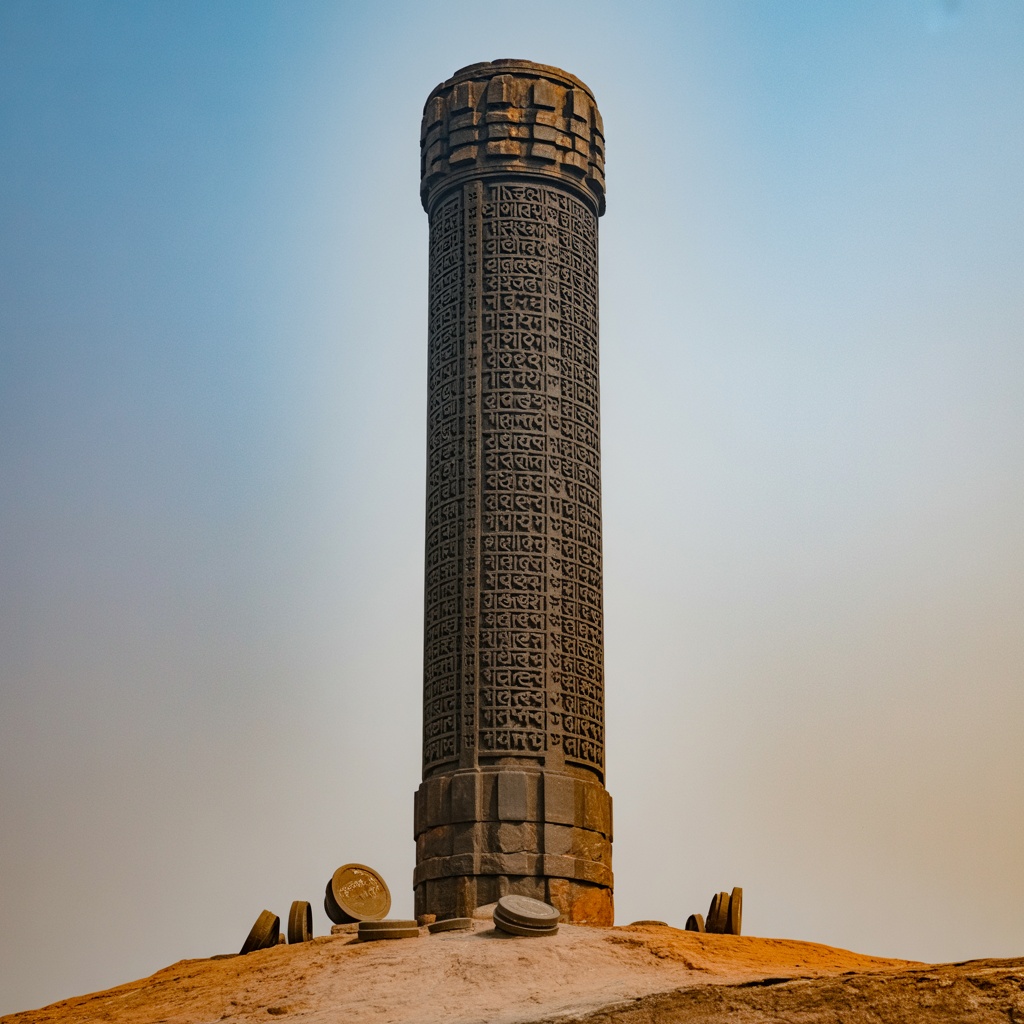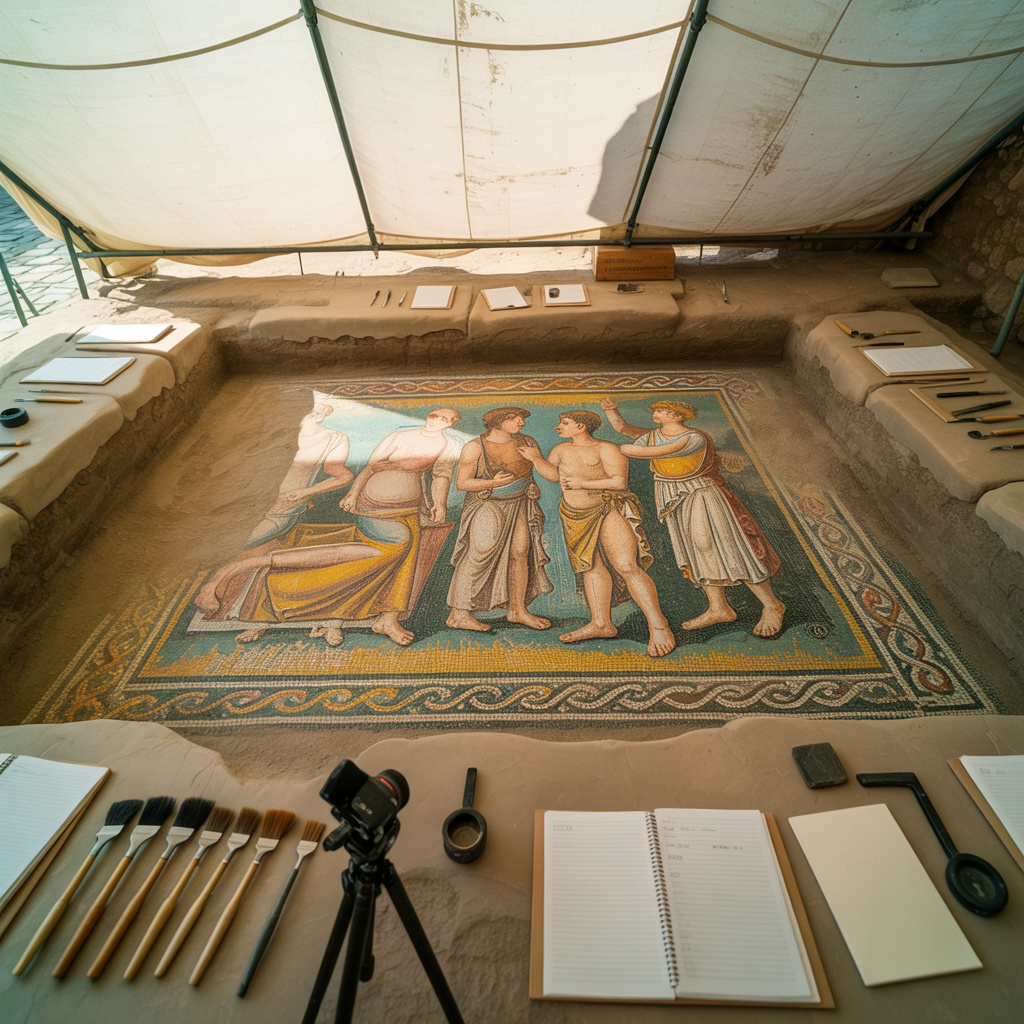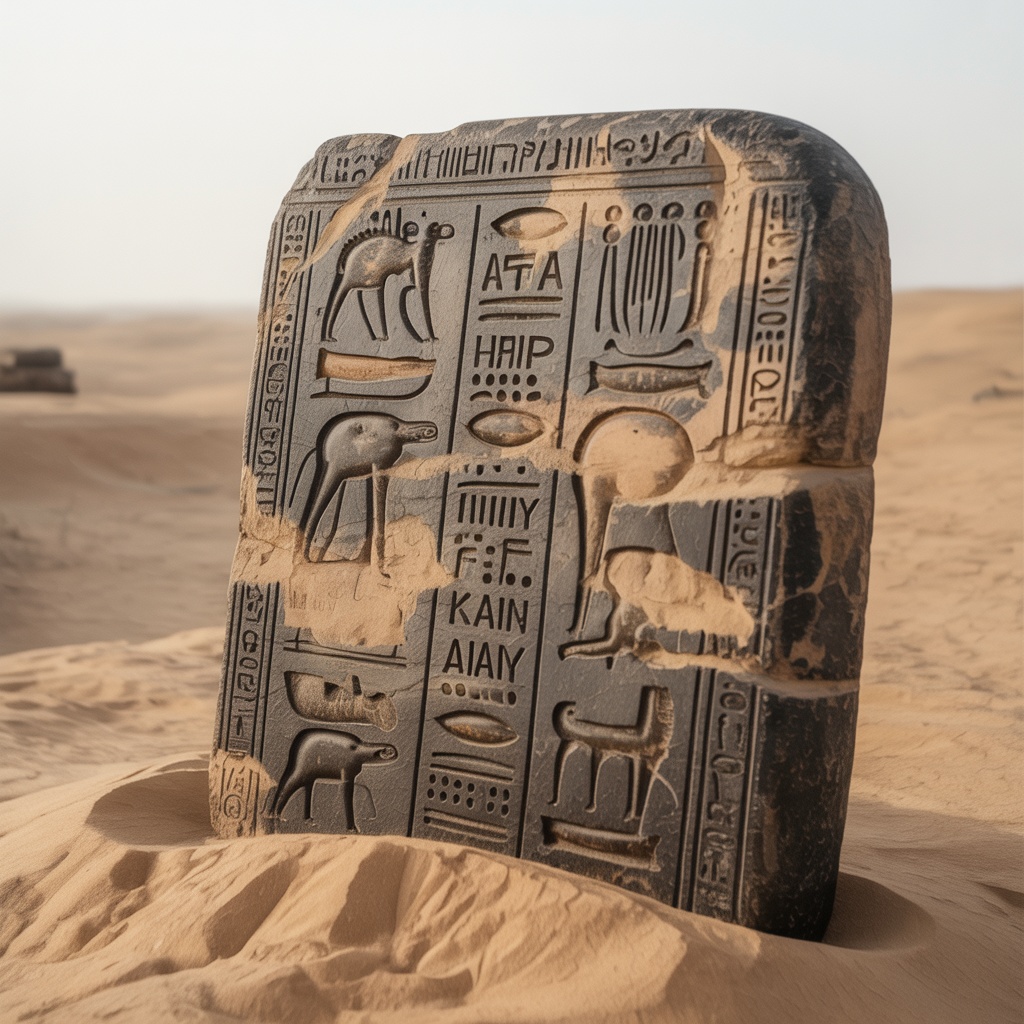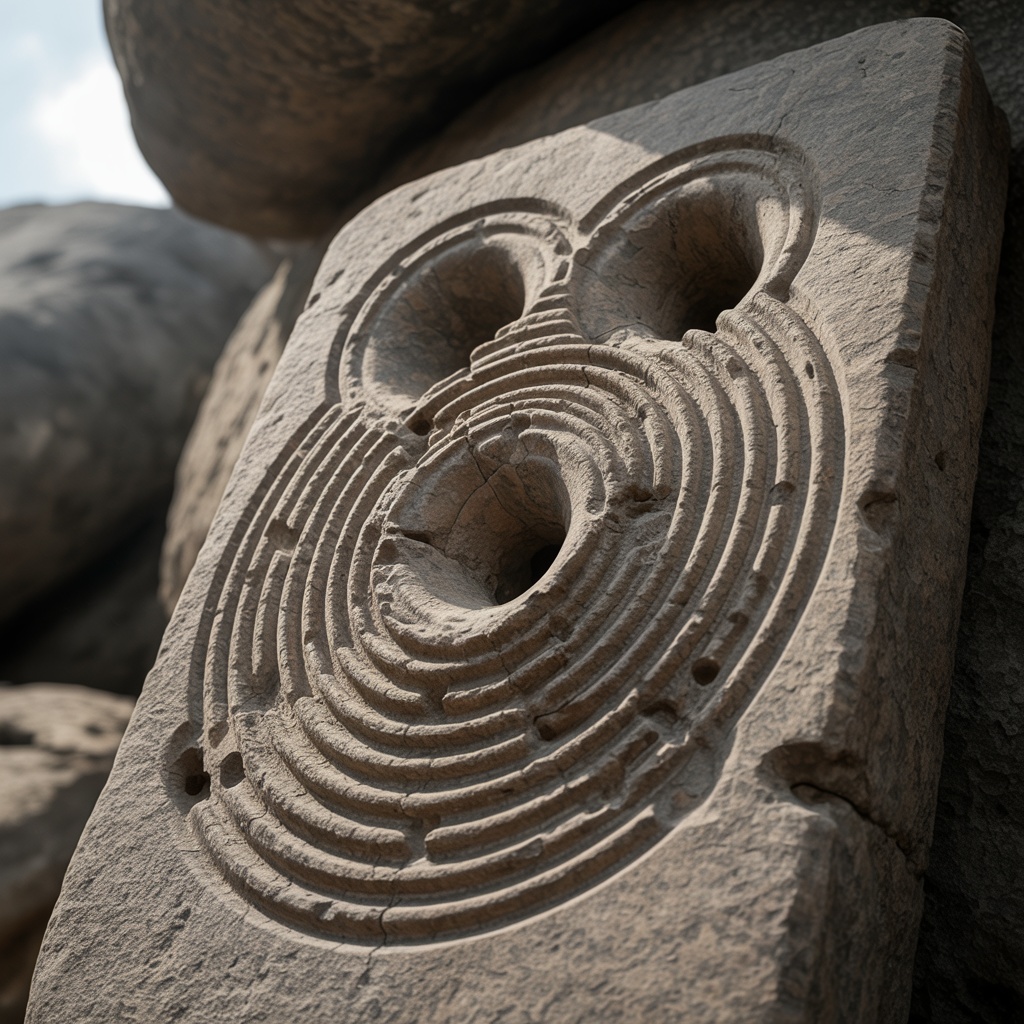Archaeological sites across multiple continents preserve compelling evidence of sophisticated drilling technology employed by ancient civilisations long before the industrial revolution. Perfectly circular holes penetrating granite, basalt, and other hard stones demonstrate precision and technical capabilities that continue to impress modern engineers. These achievements reveal that ancient peoples developed remarkably effective tools and techniques for working the hardest materials available, often achieving results that rival modern machining in accuracy whilst vastly exceeding contemporary methods in durability.
As specialists in archaeological heritage expeditions, we've guided engineers, materials scientists, and fascinated travellers to examine these ancient drilling achievements firsthand. This comprehensive investigation explores the evidence for ancient drilling technology, the methods these civilisations likely employed, and what these achievements reveal about the technical sophistication of pre-industrial societies.
Evidence from Ancient Egypt
Ancient Egypt provides some of the most impressive examples of precision drilling technology. Archaeological sites from the Old Kingdom period (circa 2686-2181 BCE) display drilled holes in granite, basalt, and other hard stones that exhibit characteristics perplexing to modern observers: perfectly circular profiles, smooth internal surfaces, consistent diameters extending through substantial depths, and evidence of remarkable penetration rates.
The Saqqara Drill Holes
At Saqqara, the pyramid complex of Djoser contains numerous examples of precision drilling in hard stone. Core holes extracting cylindrical stone sections show spiral grooves indicating the drill bit rotated whilst cutting, advancing through granite at rates that seem extraordinary given the available technology. Some experts have estimated that certain drill holes advanced at rates approaching 1 millimetre per revolution—remarkably fast for manual drilling through granite using Bronze Age technology.
These observations have generated debate among archaeologists and engineers. Some researchers argue that the drilling rates and precision suggest techniques more sophisticated than typically attributed to Old Kingdom technology. Others maintain that patient labour combined with effective abrasive techniques could achieve these results without requiring mysterious lost technologies.
Granite Vessel Manufacturing
Predynastic and Early Dynastic Egyptian sites yield thousands of stone vessels carved from granite, basalt, and other hard materials. Many feature long, narrow necks with hollow interiors, requiring drilling technology capable of removing stone from deep within solid blocks whilst maintaining consistent wall thickness. The technical challenges involved—accessing the interior through narrow openings, preventing tool breakage in confined spaces, achieving uniform interior surfaces—demanded sophisticated tooling and considerable skill.
Experimental archaeology has demonstrated that ancient Egyptians could manufacture these vessels using copper tube drills charged with quartz sand abrasive. The copper tube doesn't actually cut the stone—rather, the rotating tube holds abrasive particles that do the cutting as the tool is pressed against the work surface. This technique requires patience but can effectively drill even the hardest stones given sufficient time and abrasive.
Ancient Indian Stone Working

India's ancient temples display extraordinary stone working including precision drilling that rivals any civilisation. The rock-cut temples at Ellora, Ajanta, and elsewhere demonstrate controlled drilling through basalt and granite for architectural and decorative purposes. Medieval period temples feature stone pillars with concentric drilled rings, perforated stone screens (jali) requiring hundreds of precisely placed holes, and structural elements incorporating drilled attachment points.
The Kailasa Temple at Ellora
The Kailasa Temple represents perhaps the most ambitious rock-cut structure ever attempted. Carved from living basalt rock beginning in the 8th century CE, this temple complex required removing approximately 200,000 tonnes of stone to create a freestanding structure within an excavated court. The project involved extensive drilling to create starting points for channels and cavities, establish planes for carving, and execute decorative elements.
Tool marks preserved on partially finished sections reveal the techniques employed. Workers used iron chisels and punches, likely with wooden or metal mallets, to remove material. Drilling helped outline areas for removal and created starting points for splitting operations where wooden wedges soaked with water would be inserted into drilled holes—the expansion of wet wood creating controlled fractures along desired planes.
Medieval Period Innovations
Indian stone workers during the medieval period achieved remarkable precision in drilling decorative elements. Some temples feature stone chains carved from single blocks, requiring drilling completely through the stone links without breaking the surrounding material. Intricate jali screens contain hundreds of perfectly cylindrical holes arranged in geometric patterns—drilling misalignments would destroy the visual effect, demanding precise placement and execution.
These achievements suggest sophisticated tool designs possibly including guided drilling devices that maintained alignment through substantial depths, abrasive feeding mechanisms ensuring consistent cutting action, and quality control methods identifying and correcting alignment errors before they compromised the work.
Ancient Drilling Methods and Technology

Tube Drilling with Abrasives
The most widely documented ancient drilling method employed hollow tubes—copper, bronze, or iron depending on period and location—charged with abrasive compounds. The process worked as follows: a hollow tube, typically 5-20 centimetres in diameter, would be rotated against the stone surface, with abrasive paste or loose abrasive particles introduced between the tube and stone. The rotation pressed abrasive grains into both the stone and the relatively soft metal tube, with the abrasive doing the actual cutting rather than the metal itself.
This method naturally produces several characteristic features visible in ancient drilling: a cylindrical core remains in the centre (sometimes extracted, sometimes left in place and broken out), spiral scoring marks inside the hole from abrasive particles caught between tube and stone, and consistent diameter throughout the hole depth. These features match observed characteristics in ancient Egyptian, Indian, and other drilling examples, supporting this technique's widespread ancient use.
Solid Drill Bits
For smaller holes, ancient craftspeople used solid drill bits made from hard stone or metal. Flint, chert, and hard stone drills could create holes in softer stones through direct abrasion. Metal drills, especially in later periods using steel technology, could directly cut softer stones whilst requiring abrasive assistance for harder materials.
Evidence for various drill bit designs appears in archaeological contexts: preserved metal tools showing wear patterns consistent with rotary drilling, stone drill bits with characteristic wear and breakage patterns, artistic depictions showing craftspeople using bow drills and other rotary drilling devices, and tool marks in partially finished stonework revealing drill characteristics.
Power Sources for Ancient Drilling
Generating sufficient rotational force to drive drilling operations challenged ancient engineers. Several power sources were employed depending on hole size and depth requirements:
- Hand rotation: For small holes, direct hand turning of drill bits provided adequate force, especially when using efficient bit designs minimising friction
- Bow drills: A bowstring wrapped around the drill shaft allowed rapid rotation through back-and-forth bow movement—this ancient tool appears across many cultures and periods
- Weighted drills: For larger holes, weighted drill assemblies used gravitational force to maintain cutting pressure whilst workers provided rotational power
- Lever mechanisms: Some researchers propose that mechanical advantage through lever systems could have amplified human power for large-diameter drilling
- Multiple operator systems: Large drilling operations might have employed multiple workers applying rotational force through capstan-like arrangements
Experimental archaeology testing these methods confirms that patient workers using appropriate techniques and abrasives can indeed drill through the hardest stones, achieving precision and penetration rates consistent with ancient examples.
Ancient Precision: How Accurate Were These Techniques?
Modern measurement of ancient drilled holes reveals impressive precision by any standard. Many examples show:
Dimensional consistency: Hole diameters varying less than 0.5 millimetres across depths exceeding 10 centimetres, suggesting effective guidance systems maintaining alignment and preventing wobble during drilling operations.
Surface finish quality: Internal hole surfaces exhibiting smoothness comparable to modern machined surfaces, resulting from fine abrasive particles producing micro-scale cutting action rather than the rough surfaces expected from coarse tools.
Alignment accuracy: Holes drilled from opposite sides of thick stone sections meeting with alignment errors measured in millimetres, demonstrating sophisticated measurement and marking techniques enabling accurate work without modern surveying equipment.
Complex geometries: Angled holes, intersecting holes, and partially drilled decorative elements all executed with precision suggesting systematic approaches to complex drilling challenges rather than trial-and-error methods.
These characteristics indicate that ancient craftspeople weren't simply producing "good enough" results through brute force and patience—they developed refined techniques achieving genuinely impressive precision through understanding of tool behaviour, systematic approaches to complex operations, and quality control identifying problems before they compromised finished work.
The Role of Abrasives

The secret to ancient drilling success lay largely in effective use of abrasives. Different civilisations employed locally available abrasive materials:
Quartz Sand
Quartz sand, widely available across many ancient civilisations, provided excellent abrasive properties. With a Mohs hardness of 7, quartz can effectively abrade most stones used in ancient construction and sculpture. Egyptian craftspeople appear to have used Nile sand containing abundant quartz particles, whilst Indian stone workers could access quartz-rich sands from many geological formations.
Corundum and Emery
Corundum (aluminium oxide) and emery (corundum mixed with other minerals) provided even harder abrasives, with Mohs hardness of 9—capable of abrading even the hardest stones including granite. Ancient sources for corundum existed in several regions, and evidence suggests that some civilisations employed these superior abrasives for particularly demanding work.
Crushed Gemstones
Some researchers propose that ancient craftspeople might have used crushed harder stones including garnets or even diamonds (Mohs hardness 10) as abrasives for the most demanding applications. Whilst direct evidence remains limited, this practice would explain the exceptional precision achieved in some ancient drilling examples.
Comparing Ancient and Modern Drilling
How do ancient drilling achievements compare to modern capabilities? The comparison reveals interesting contrasts:
Precision and Accuracy
Modern CNC (Computer Numerical Control) drilling equipment achieves precision measured in micrometres, far exceeding ancient capabilities. However, the best ancient drilling approaches precisions of a few tenths of a millimetre—genuinely impressive for manual operations and adequate for virtually all architectural and artistic applications.
Speed and Efficiency
Modern drilling operates orders of magnitude faster than ancient methods. Operations requiring weeks or months of ancient labour complete in minutes with contemporary equipment. However, ancient drilling produced durable results that have survived millennia—the longevity comparison favours ancient work, which was built to last rather than planned for obsolescence.
Versatility and Adaptability
Ancient craftspeople working with simple tools but sophisticated techniques could adapt their methods to varied situations, working in confined spaces, dealing with flawed materials, and creating custom solutions for unusual requirements. Modern specialised equipment sometimes lacks this adaptability, functioning optimally only under specific controlled conditions.
Sites Where Ancient Drilling Can Be Observed
Visitors interested in examining ancient drilling technology firsthand can visit several exceptional sites:
Giza Plateau, Egypt
The pyramids and surrounding structures preserve numerous examples of ancient drilling in granite, including the famous core holes in the Great Pyramid complex. The site's openness and concentration of examples make it ideal for observing various drilling applications and techniques. Our Egypt archaeological tours include expert interpretation of ancient technology alongside broader historical context.
Ellora Caves, India
The rock-cut temples at Ellora display extensive drilling evidence in various stages of completion. Partially finished sections reveal sequential steps in the drilling and carving process, providing insights into ancient working methods unavailable at completely finished sites. The combination of Hindu, Buddhist, and Jain temples also illustrates how different communities adapted stone-working technologies to their specific aesthetic and religious requirements.
Puma Punku, Bolivia
This pre-Columbian site features precision stonework including drilled holes in andesite blocks. The precision and consistency of these holes, combined with other sophisticated stone-working evidence, demonstrate that advanced drilling technology wasn't limited to Old World civilisations. The site raises intriguing questions about technological development in ancient Americas.
Angkor Wat, Cambodia
The Khmer temple complexes preserve evidence of drilling technology in sandstone architectural elements. The combination of drilling, carving, and architectural assembly demonstrates integrated approaches to complex construction projects. The site's excellent preservation allows detailed examination of ancient working methods.
Similar to the sophisticated metallurgy demonstrated by the Delhi Iron Pillar, ancient drilling technology reveals that pre-industrial societies developed remarkably effective solutions to technical challenges, often achieving results that impress contemporary experts.
Experimental Archaeology and Ancient Technology Research
Understanding ancient drilling requires more than observing archaeological evidence—experimental archaeology tests proposed methods to determine their feasibility. Researchers have undertaken numerous experiments using reconstructed ancient tools and techniques:
Replication Studies
Experimental archaeologists have successfully replicated ancient drilling using reconstructed tools and methods based on archaeological evidence. These experiments confirm that copper tube drills with quartz abrasive can indeed drill granite, that achieved precision matches ancient examples, that estimated time requirements align with project scales implied by archaeological evidence, and that wear patterns on experimental tools match those preserved on ancient examples.
However, these experiments also reveal that replicating ancient results requires substantial skill development—the techniques aren't simply a matter of possessing correct tools but also demand understanding of subtle adjustments in pressure, rotation speed, abrasive application, and other parameters that ancient craftspeople learned through apprenticeship and experience.
Ongoing Research Questions
Despite successful replication of many ancient drilling techniques, some aspects remain incompletely understood. Researchers continue investigating the specific abrasive types and particle sizes ancient craftspeople used, mechanisms for maintaining alignment in deep drilling operations, methods for achieving the fastest documented drilling rates, and techniques for the most challenging applications including drilled stone chains and extremely precise decorative elements.
This ongoing research illustrates that ancient technology, whilst often dismissed as primitive, embodied sophisticated knowledge requiring serious study to fully comprehend and replicate.
